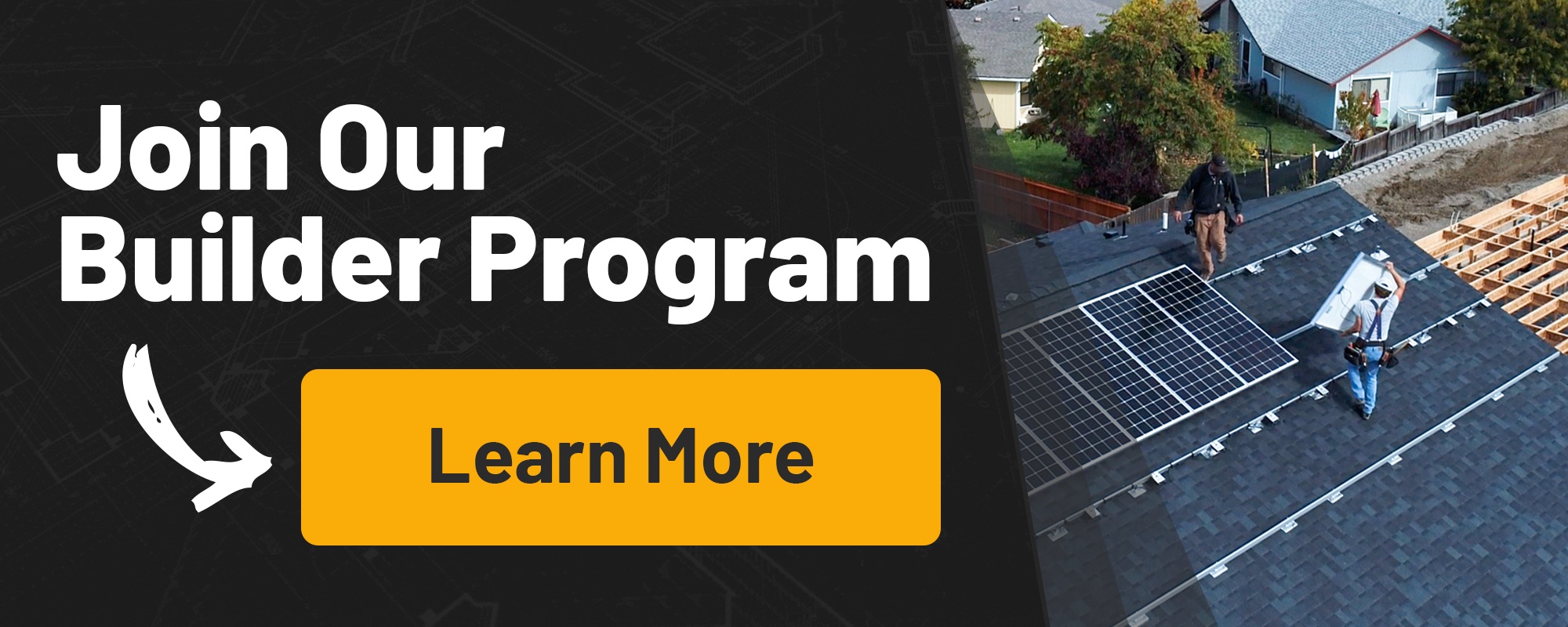The world around us is constantly changing.
You know the situation…like, “Where did they move my favorite cold beverage in this darn grocery store?!”
Beyond grocery store lay-outs, one of the things that’s also rapidly changing is the world of renewable energies.
A long-time name on the scene – solar power – is expected to play a major role in the future of energy.
As a builder, you’re very accustomed to change.
You know how important it is to stay on top of the latest trends and technologies so that you can offer all the in-demand features your clients are seeking in a new home or commercial build.
Of course, it’s one thing to keep up with features like outdoor kitchens or wood-grain countertops. Still, the idea of designing solar energy systems is a bit more complicated — maybe even a little intimidating.
Where do you start?
Do you need a special license?
Most importantly, will you be on the hook to handle all the solar system service maintenance even after the home or building is constructed?
Fortunately, the answer to that all-important last question is no.

As the builder, you shouldn’t be responsible for maintaining and repairing the system after completing the home or building.
However, this answer depends on the solar team (aka partners) you choose for the solar portion of the build:
- the equipment manufacturer(s)
- solar installer
- and other individuals and companies
It’s mighty important to do your homework and make smart choices when picking your team at the start of the project.
That way, you won’t find yourself or your company in a difficult position at the end of the build.
The Positions on an All-Star Solar Team

There are usually many different players involved in bringing a solar energy system from concept to reality, and each has a different level of responsibility for any potential future problems.
Understanding the various parts of the solar team and each player’s role in bringing the system to life is helpful when you’re sorting out the overlapping responsibilities.
Manufacturers
Today, builders and homeowners have various options to choose from when it comes to solar equipment.
Manufacturers build and supply the various components necessary for a solar system, including:
- Panels
- Inverters
- Batteries
- Cables and wiring
- Racking and mounting hardware
- Breaker and control panels
Designers

Depending on your level of solar energy knowledge and electrical and engineering expertise, you may choose to design your own system or feel more comfortable hiring a professional.
Some companies, including Unbound Solar, offer buyers complete solar kits with different pre-designed options.
In many cases, the solar installer may also design the system, usually working with the property owner or with you as the builder to create an energy system that maximizes efficiency and aesthetic appeal while minimizing the amount of necessary solar system service maintenance.
Installers
The installer’s role is by far the most versatile position on any solar team. Depending on the situation, an installer may handle some or all of these services:
- Creating the system design and layout
- Sourcing the system components from manufacturers
- Installing the panels and racking
- Configuring and installing the electrical wiring and controls
- Acquiring necessary permits
- Ensuring compliance with local building codes
- Negotiating a net metering or interconnection agreement with the local power company (for grid-tied energy systems)
If your state allows it and if you have sufficient experience with electrical systems, you may be able to do some or all of the system installation yourself.
Just keep in mind that local laws and building codes sometimes require anyone who does any part of the installation to have completed a certain level of training or to have a solar certification.
What Does Solar System Service Maintenance Include?
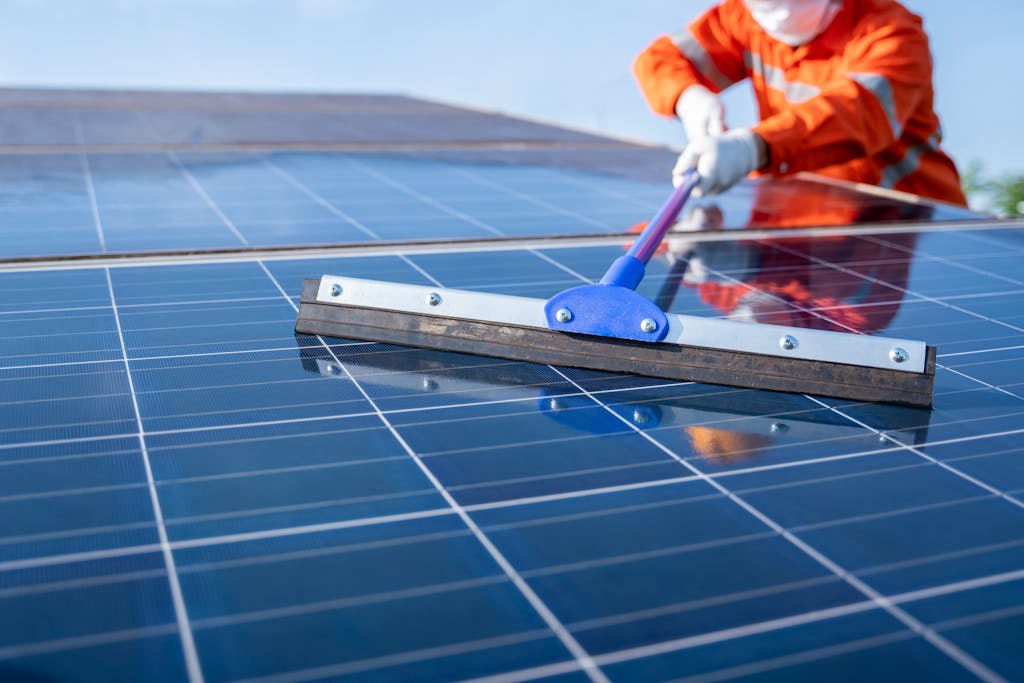
When people refer to solar system maintenance, they typically refer to two different types of upkeep:
- Caring for the solar panels themselves
- Servicing and maintaining the rest of the photovoltaic system, such as wiring, connections, and other system components
Panel Maintenance
Solar panels are surprisingly durable.
They are designed to withstand most outdoor environments and weather conditions and generally need little in the way of regular upkeep.
The chief maintenance concern is simply ensuring that the panels’ surfaces remain clear of debris, like dirt or leaves.
This pesky buildup can obstruct the sun’s rays and reduce the efficiency and output of the panels. Thank goodness for Mother Nature because rainfall keeps the panels fairly clear.
During long dry spells, it may be a good idea to clean the panels manually, using a garden hose or leaf blower.
But it’s best to avoid spraying panels with cold water on a scorching day — or with hot water on a snowy day — as that severe temperature disparity could cause the glass to crack.
Solar System Maintenance

Much like the solar panels themselves, the remainder of a solar energy system usually has minimal requirements in terms of regular maintenance service.
Solar systems generally keep it simple. They have very few moving parts and are unlikely to need service or repair unless some external force damages them.
Most parts of an average solar system have a life expectancy of 20 – 30 years or more with two exceptions:
- Solar batteries have an average lifespan of roughly 5 – 15 years
- Solar power inverters normally last around 10 – 20 years
PV System Monitoring
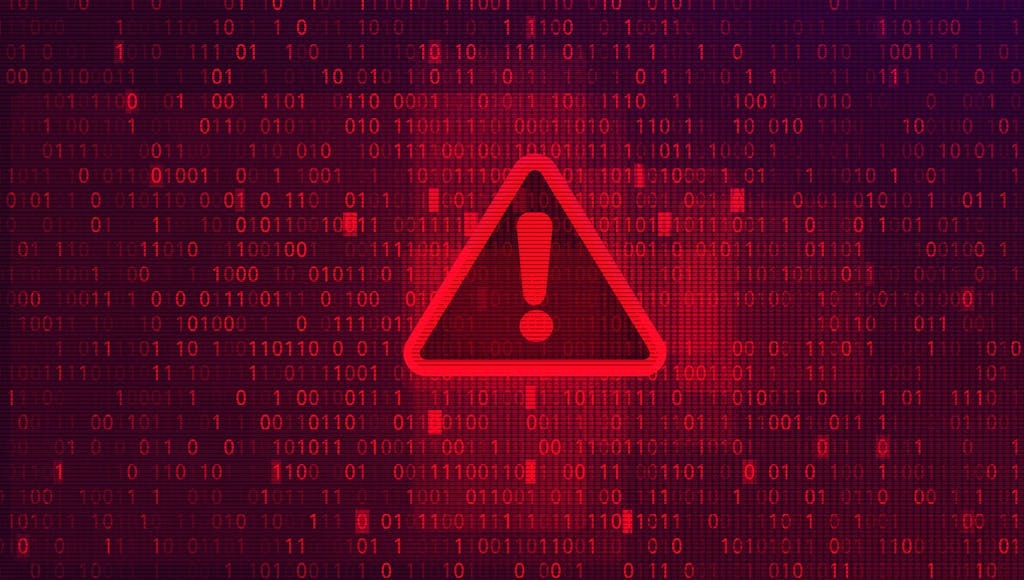
With such little solar system service maintenance required, how do you know if a system does need service?
Many arrays are equipped with a system monitor in our advanced technological age, which tracks production and alerts you to problems.
With the latest system monitoring software, you can easily review and compare current and historic production statistics.
Some monitors even track the production of each panel separately, making diagnosis much easier in the event of a problem.
Even if your system doesn’t include a monitor, a sudden spike in a monthly utility bill will alert owners to any system faults or issues.
Who Is Responsible for Ongoing System Service Maintenance?

Unfortunately, the answer to this question is somewhat complicated.
Different players are typically responsible for maintaining and servicing different parts of the overall solar energy system.
To further complicate things, there are usually several different types of overlapping guarantees and warranties that could come into play if something goes wrong down the road.
Sorting out and understanding the different warranties is a good way to pinpoint who is ultimately responsible for a given solar system maintenance issue.
Here’s a little roadmap to guide you through the murkiness.
1. Materials Warranties

Many everyday consumer goods, such as appliances, electronics, and furniture, include warranties from their manufacturers.
A manufacturer’s warranty typically guarantees that the product is not defective and will perform correctly for a given period, often a year.
The components of a solar energy system are backed by similar manufacturers’ warranties, also known as materials warranties.
A standard solar component materials warranty protects the consumer against the risk that the part is defective or fails to hold up to ordinary wear and tear over a set time.
In most cases, if the covered part fails during the specified timeframe, the manufacturer replaces the component at no charge.
While manufacturer’s warranties cover replacement parts, they ordinarily don’t cover other solar system service maintenance expenses, such as labor to remove the defective part and install the replacement.
The builder, the designer, or the installer usually purchases the solar system components in new construction situations.
However, the materials warranties ordinarily transfer to the property owner after construction or installation is complete.
2. Production Warranties
Solar panels typically carry the same materials warranties as other solar components, that is, a guarantee from the panel manufacturer that the panel is not defective and, under ordinary conditions, will not fail within a predetermined timeframe.
The standard materials warranty period for panels is considerable, often 20 – 25 years.
However, unlike other components of a solar energy system, solar panels usually include a production warranty in addition to the materials warranty.
Lifetime Production Capacity
On average, all currently available solar panels degrade over time, ordinarily losing around 0.5% production capacity each year.
As a result, each solar panel typically includes a power production warranty from the manufacturer, usually guaranteeing that the panel’s production capacity will remain at 80 – 85% of the original capacity over the first 15 – 25 years of operation.
Annual Production Capacity
A standard production warranty also promises that the panel will not lose more than 0.7 – 0.9% production capacity for the first 15 – 25 years in any given year.
Like a materials warranty, the manufacturer will usually replace any panel that does not meet the promised standards. However, manufacturers normally do not cover any labor costs associated with replacing the panel.
Occasionally, some solar panel installers also offer a panel production warranty in addition to the manufacturer’s guarantee.
3. Workmanship Warranties
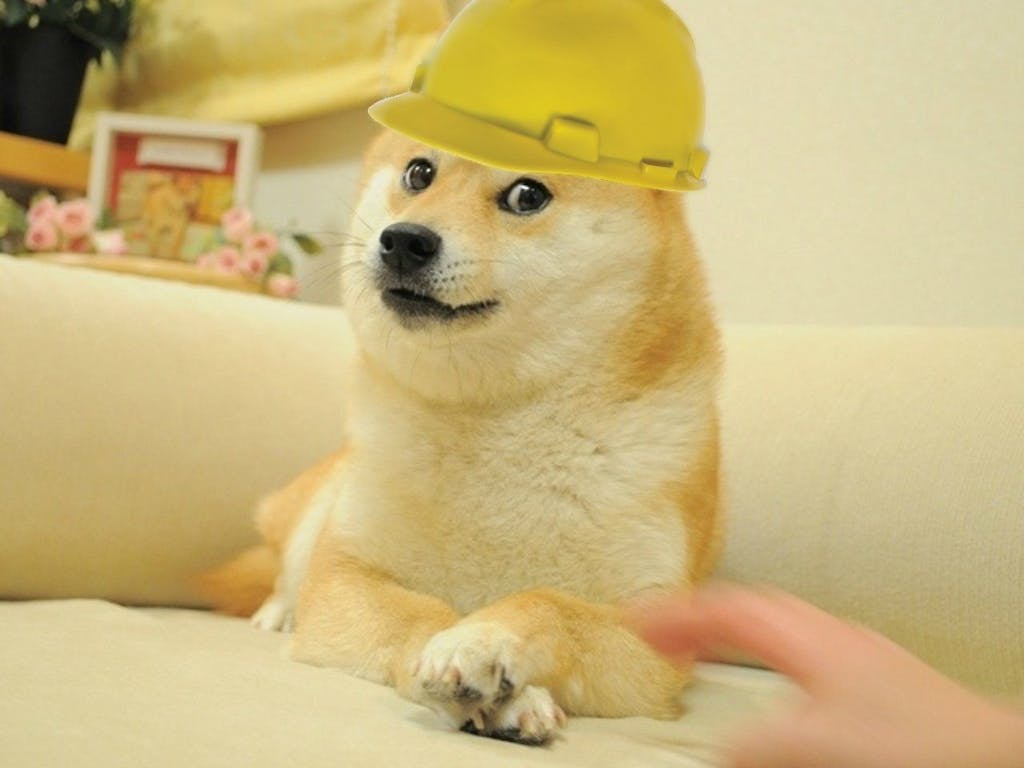
Manufacturer’s guarantees, including materials warranties and power production warranties, typically shift ongoing responsibility for component-related problems to the manufacturer, at least for a specified time.
Workmanship warranties, by contrast, tend to assign responsibility for any solar system service maintenance issues that arise due to labor-related problems. Most contractors offer a workmanship warranty.
Even if a contractor doesn’t explicitly provide a workmanship guarantee, almost all states impose a warranty of certain minimum standards of workmanship quality upon anyone doing business in that state.
Installer Workmanship Guarantees
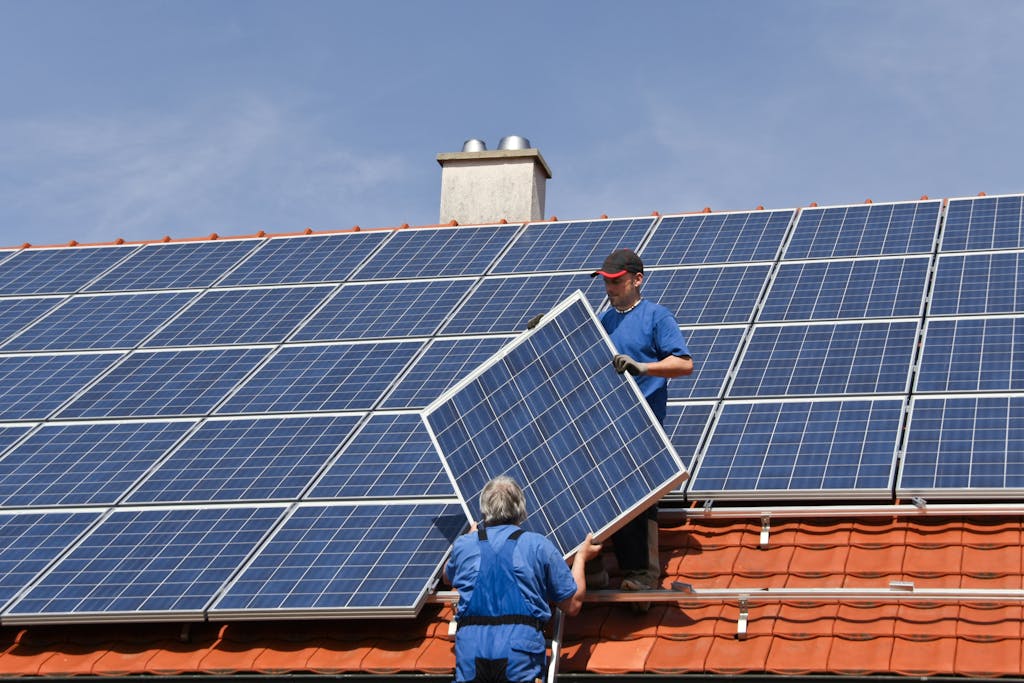
The installer’s role in a solar team can vary widely from job to job.
Consequently, the scope of an installer’s workmanship guarantee may also vary considerably.
The extent of an installer’s workmanship guarantee usually corresponds to the number of different aspects of the overall system design and installation for which the installer is responsible.
Depending on the installer’s role, a typical installer’s workmanship warranty may include promises regarding system design, layout, efficiency, installation, production capacity, or compliance.
These promises are often initially made to the builder but transfer to the property owner once construction is complete.
The installer’s workmanship warranty ultimately determines which aspects of solar system service maintenance the installer is responsible for and how long the installer can be held accountable after installation.
Workmanship warranties tend to vary considerably among installers.
For example, some offer full coverage for a short period, while others assume less responsibility over a longer period.
Some installer warranties cover replacement costs only, while others cover all expenses associated with a workmanship defect, including parts, labor, and any other related losses.
As a builder, it’s in your best interest to partner with installers and other contractors who offer extensive workmanship guarantees, so you can sleep like a baby, knowing you won’t be left on the hook for someone else’s mistake.
Builder Workmanship Warranties
Like most builders, you’re probably familiar with workmanship guarantees.
However, when it comes to solar system implementation, you may choose to exclude any solar-system-related defects from your workmanship warranty specifically.
This is especially true if such defects are already covered under another contractor’s warranty (such as an installer’s).
Why Partner with Unbound Solar?
After a solar energy system is installed, managing any ongoing solar system service maintenance largely depends on the length and scope of the various warranties in play.
Ongoing upkeep and repairs rarely fall to the builder after construction is complete. Instead, these matters typically fall to the system designer, installer, component manufacturer, or property owner.
Having an experienced and reliable support team is critical to successfully implementing a quality solar energy system.
At Unbound Solar®, we offer builders the opportunity to take advantage of our nearly three decades of solar industry knowledge, experience, and connections.
We provide our partnered builders with an endless variety of customized design, installation, and support solutions to meet any solar system needs.
All of our work is backed by a lifetime guarantee of homeowner troubleshooting and support, so you never have to worry about getting stuck with ongoing solar system service maintenance issues.
Contact us today for a free consultation and learn more about how you can take advantage of our builder partnership program.
